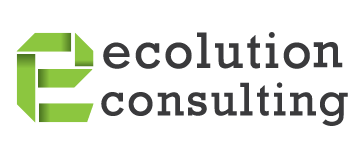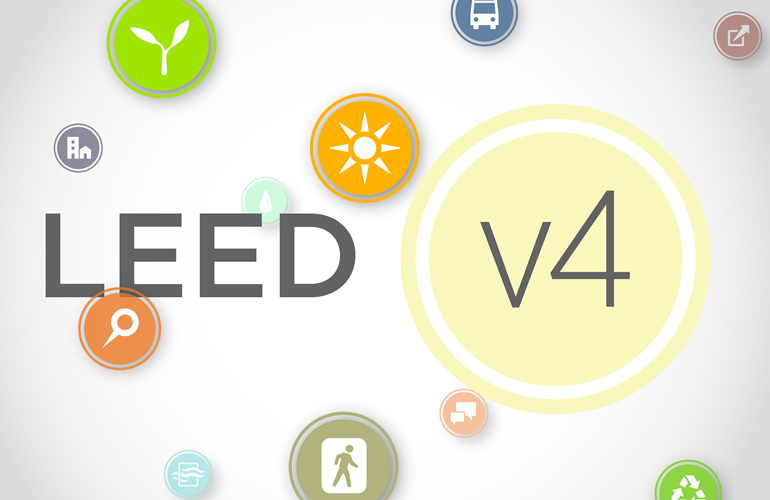On October 31st the sun will officially set on registrations for LEED 2009, making way for a new and improved version of the already-high-performance green building benchmark.
LEED (Leadership in Energy and Environmental Design) is a green building certification from the United States Green Building Council (USGBC). It is considered globally as a premier benchmark and mark of accomplishment in high-performance green buildings. It is also one of the most widely used third-party verifications for green buildings with some 50% of new registrations coming from outside of the United States.
Since inception in 1998, the USGBC has certified more than 82 000 LEED commercial projects and over 255 000 LEED for Homes residential units with certifications growing daily. There are now LEED projects in more than 150 countries and on every continent except Antartica.
LEED has a number of different certification options to suit any building. It is a points based system using a number of green building categories to promote action in 6 key areas:
- Sustainable Sites
- Water Efficiency
- Energy and Atmosphere
- Materials and Resources
- Indoor Environmental Quality
- Location and transport
What to Expect with LEED v4
The USGBC has one goal in mind with the new version of the certification says CEO and founding chair Rick Fedrizzi: “to raise the bar in a way that challenges the building industry to reach higher than ever before.”
In order to improve the positive environmental impact of v4, the LEED steering committee have incorporated the following impact categories into focusing on answering the question:
“what should a LEED project accomplish?”
- Reverse Contribution to Global Climate Change
- Enhance Individual Human Health and Well-Being
- Protect and Restore Water Resources
- Protect, Enhance and Restore Biodiversity and Ecosystem Services
- Promote Sustainable and Regenerative Material Resources Cycles
- Build a Greener Economy
- Enhance Social Equity, Environmental Justice, and Community Quality of Life
The USGBC has released a “LEED v4 stories” series which features the people behind the existing v4 projects and their experiences with the new version of the certification. According to Brad Pease, Vice President of Paladino and Company – one of the story subjects – they chose to pursue LEED v4 midway through the project’s design phase after discovering that that a gap analysis between the rating systems “found that the projected LEED 2009 Platinum project would only qualify for Gold under LEED v4”.
That means that the new version will not be easy to achieve, but will bring about a greater amount of environmental benefits with better designed, highly efficient spaces.
Some of the other high level features and improvements of the new version include:
- Improvements in flexibility to recognise the regional context of LEED projects
- Expansion of the rating system to include solutions for more building types
- A more “intuitive technology platform” with an improved version of LEED Online that integrates with more accessible forms and calculators
- The introduction of the Dynamic Plaque allowing users to track performance in real time
- Restructured reference guides, webinars and credential exams
Here at Ecolution, we are officially v4 ready. We’ve spent time making sure that all of our documentations and processes have been updated to the new standard.


